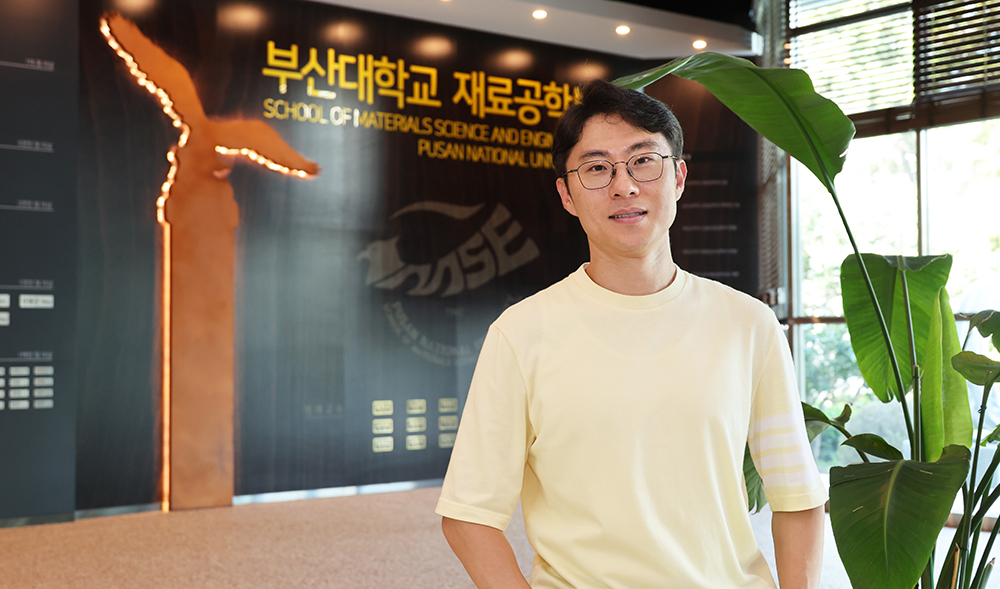
Artificial Modulation of the Hydrogen Evolution Reaction Kinetics via Control of Grain Boundaries Density in Mo₂C Through Laser Processing

Mo₂C-based electrocatalysts have emerged as promising alternatives to Pt noble metals for hydrogen production, owing to their high catalytic activity. However, the catalytic efficiency of Mo₂C is highly sensitive to factors such as surface termination, morphology, and support. Therefore, it is crucial to develop systematic crystal structure engineering methods to precisely modulate the activity, thereby enhancing both catalytic efficiency and stability. In this study, laser-based material processing is employed to modulate the microstructure of Mo₂C catalysts, with a focus on grain size control and developing a grain boundary (GB)-rich structure to enhance the kinetics of hydrogen evolution reaction (HER). Laser-based thermal control promoted the formation of fine and uniformly distributed Mo₂C grains (15.6 ± 5 nm) and high-density GBs (130 µm−1). High-angle GBs, which occupy most Mo₂C GBs, enhance electrochemically active sites, facilitate electron transfer, and shift the work function to 5.10 eV, thereby reducing hydrogen adsorption energy. In addition, electrochemical tests reveal a significant decrease in overpotential (148 mV at 10 mA cm−2) and improve Tafel slopes (67.6 mV dec−1), confirming the enhanced kinetics of the HER. This laser-induced GB engineering strategy opens a new pathway for designing high-performance Mo₂C-based electrocatalysts, advancing next-generation hydrogen production technologies.
- Author (Pusan National University): Seoung-Ki Lee (School of Materials Science and Engineering )
- Title of original paper: Artificial Modulation of the Hydrogen Evolution Reaction Kinetics via Control of Grain Boundaries Density in Mo₂C Through Laser Processing
- Journal: Advanced Functional Materials
- Web link: https://advanced.onlinelibrary.wiley.com/doi/10.1002/adfm.202422918
- Contact e-mail: ifriend@pusan.ac.kr

 946이승기교수1.jpg
(447KB)
946이승기교수1.jpg
(447KB)